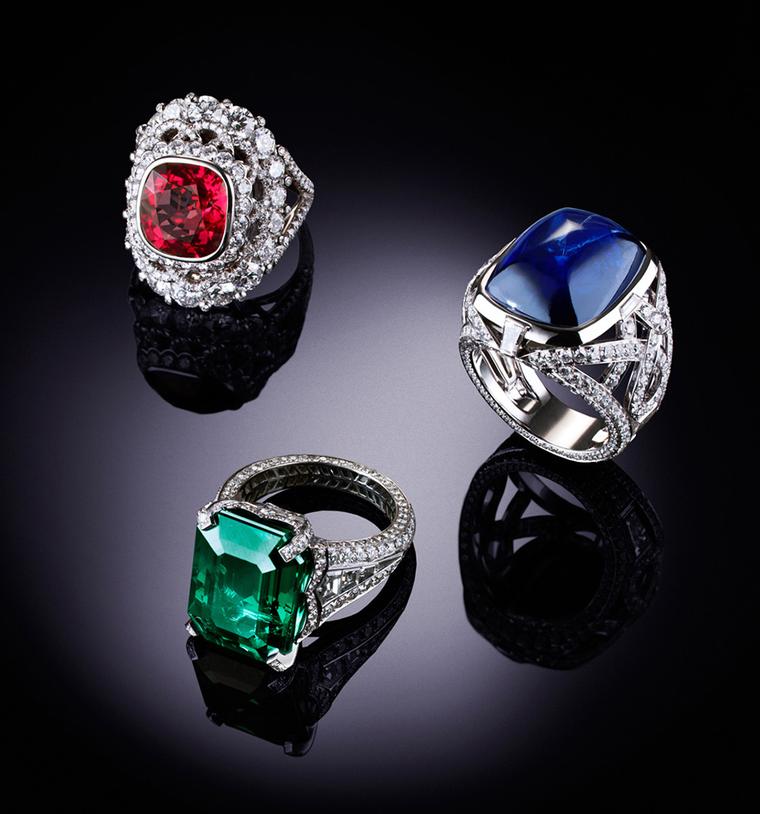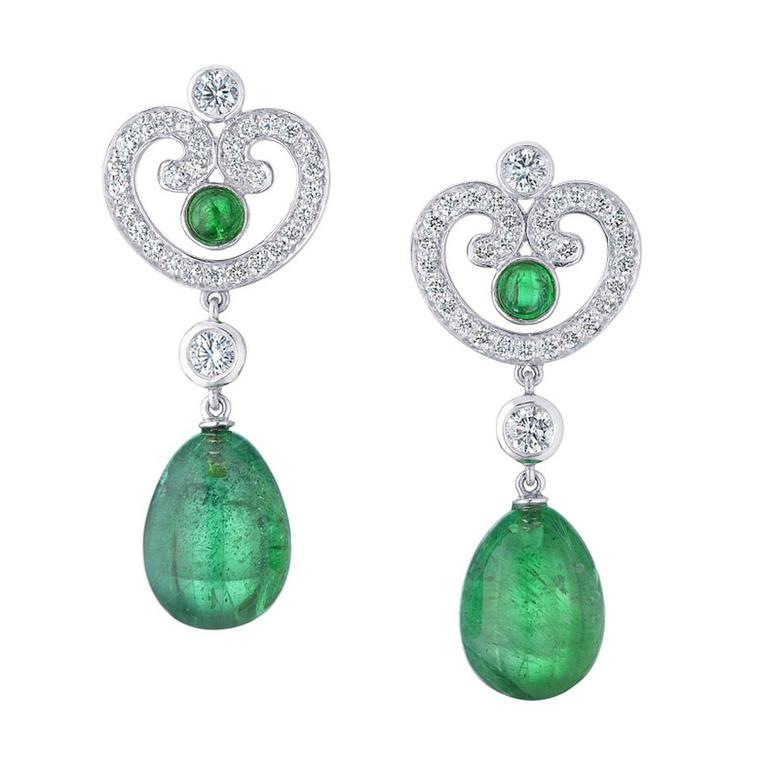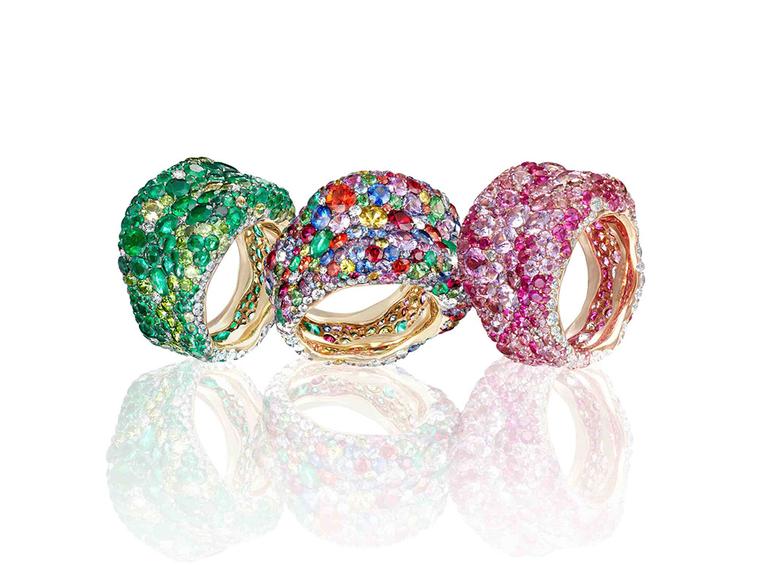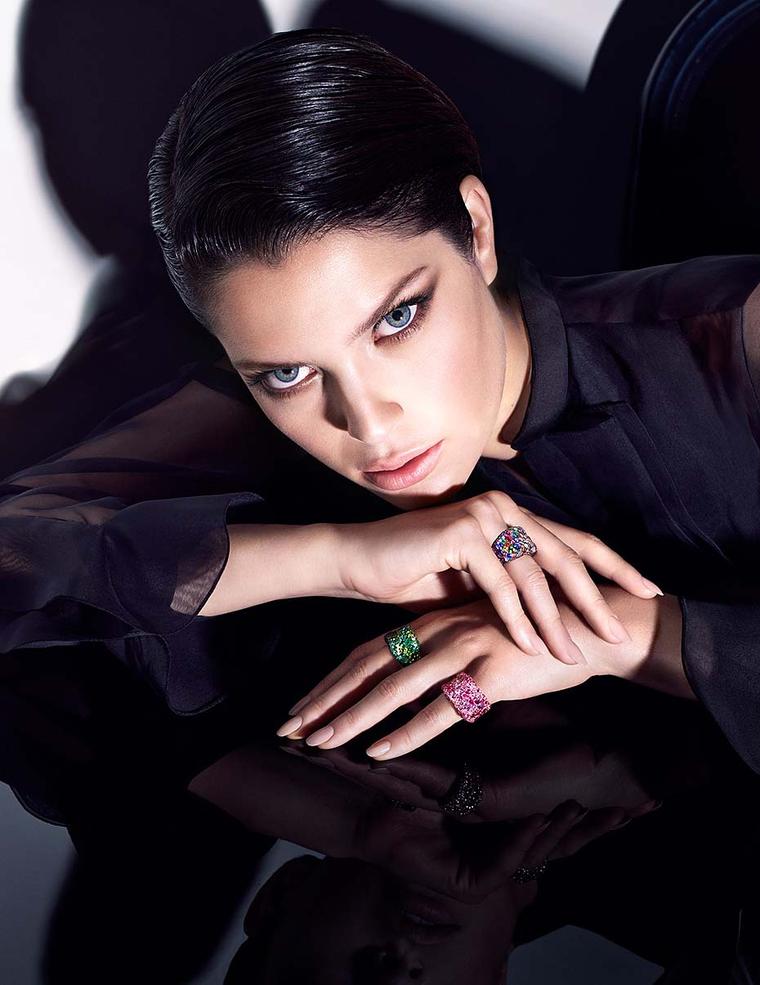
The giving of gifts is a tradition that stretches back as far as history itself, and nobody created presents that were more joyfully received than the House of Fabergé. "You can't give a pearl necklace to a queen or semi-precious stones to an aristocrat," declared Peter Carl Fabergé, so he set about making jewels and objets d'art that would be treasured as much for their beauty as their value in gold and gemstones.
Founded by a French jeweller in the 1840s in St Petersburg, Fabergé gained worldwide acclaim when Peter Carl Fabergé took over the running of the company from his father in 1882. Diamonds, diamonds and more diamonds was the fashion at the time, but it didn't take long for Peter Carl to change the concept of adornment in Russia. He approached jewellery from an artist's perspective, setting stones to their best advantage, using the spectrum of colourful gemstones in his designs and reviving the lost art of enamelling. In the late Edwardian times, this revolutionary Russian artist-jeweller was a breath of fresh air, and the name Fabergé quickly became well known throughout Russia and Europe.
Shortly after Peter Carl had taken charge of the House of Fabergé, the jeweller received what was to become the most important commission in its history. Tsar Alexander III approached Peter Carl to create an Easter egg to give to his wife, the Empress Maria Fedorovna, based on an egg belonging to Fedorovna's aunt, Princess Wilhelmine Marie of Denmark, which had fascinated the Empress in her childhood. The gold egg, with a white enamelled shell, contained a series of surprises within: a matt yellow gold yolk, inside which was hidden a multi-coloured gold hen, which in turn opened to reveal a tiny diamond replica of the Imperial Crown, complete with ruby pendant. Known as the Hen Egg, it was the first of a series of 50 Easter Eggs created and delivered by Fabergé to the Imperial family from 1885 to 1916.
Undoubtedly the most extravagant series of Easter gifts in history, Tsar Alexander III awarded Peter Carl the title of 'Goldsmith by special appointment to the Imperial Crown', and Fabergé went on to create many jewels and opulent accessories that were given as gifts by the Imperial family. One in particular, a long pearl sautoir, presented in 1894 by Tsar Alexander III and his wife to Princess Alix of Hesse on the occasion of her engagement to their son, Tsarevitch Nicholas, remains the most expensive item ever sold by the House of Fabergé. It cost the Tsar 250,000 roubles - the equivalent of approximately £22.5 million today.
When the Imperial family travelled, they carried a suitcase full of Fabergé trinkets, their preferred jeweller in St Petersburg. From station masters to members of royalty, it was tradition to give presents to anyone who had provided them with a service. These ranged from tie pins and bejewelled cigarette boxes to snuff boxes that were real statement pieces. Word of Fabergé's fabulous creations quickly spread to the UK. Edward VII insisted on seeing all the new stock as soon as it arrived at Fabergé's London boutique, which was immediately brought to the Palace. The shrewd King didn't buy anything himself, however. Instead, he would tell visitors the pieces that had taken his fancy and request them as gifts.
Many Fabergé objets d'art that were originally given as gifts remain in the hands of the British Royal Family as part of the Royal Collection - one of the most important collections of art and jewellery in the world. These include Queen Victoria's guilloché enamel notebook case, a present from Tsar Nicholas II and his wife, Tsarina Alexandra Feodorovna, given when they stayed with the Queen at Balmoral in 1896. The Queen used the Fabergé notebook to record the signatures of all visiting monarchs at her Golden Jubilee.
Also in the Royal Collection is a gold Fabergé cigarette case dating from 1908, decorated with a diamond-set snake biting its tail, set into brilliant blue guilloché enamel. Originally given to Edward VII as a gift from his favourite mistress, the Hon. Mrs George Keppel, the King's wife, Queen Alexandra, took the honourable decision to return it to Mrs Keppel on the King's death in 1911, who in turn gave it to Queen Mary in 1936, thus returning it into the hands of the Royal Family.
The Royal Collection of works by Fabergé is one of the greatest in the world, acquired almost exclusively through the exchange of personal presents between the Russian, Danish and British royal families. But it wasn't only royalty who took great pleasure in giving Fabergé as a gift. Emanuel Nobel, the greatest oil producer in Imperial Russia, was one of Fabergé's greatest clients. He had a particular fondness for Peter Carl's artistic interpretations of frost, ice and snow and would give every lady present at his extravagant Edwardian dinner parties a piece of Fabergé jewellery depicting his favourite wintry themes. He went to great pains to conceal it among the place settings so that the ice pendant or snowflake brooch would only be revealed when his female visitors took their place at the table, a wonderful surprise that must have had ladies clamouring to make it onto his guest list.
The gift of giving continues to be a tradition at Fabergé, with contemporary interpretations of the classic Imperial Easter Eggs, worn as elegant pendants, and extravagant jewels that still bear all the hallmarks of Peter Carl Fabergé's revolutionary approach to jewellery making. As they are being unwrapped beneath the Christmas tree, these joyously colourful jewels have been designed to instil the same delight in the receiver as they would have more than a century ago.



















